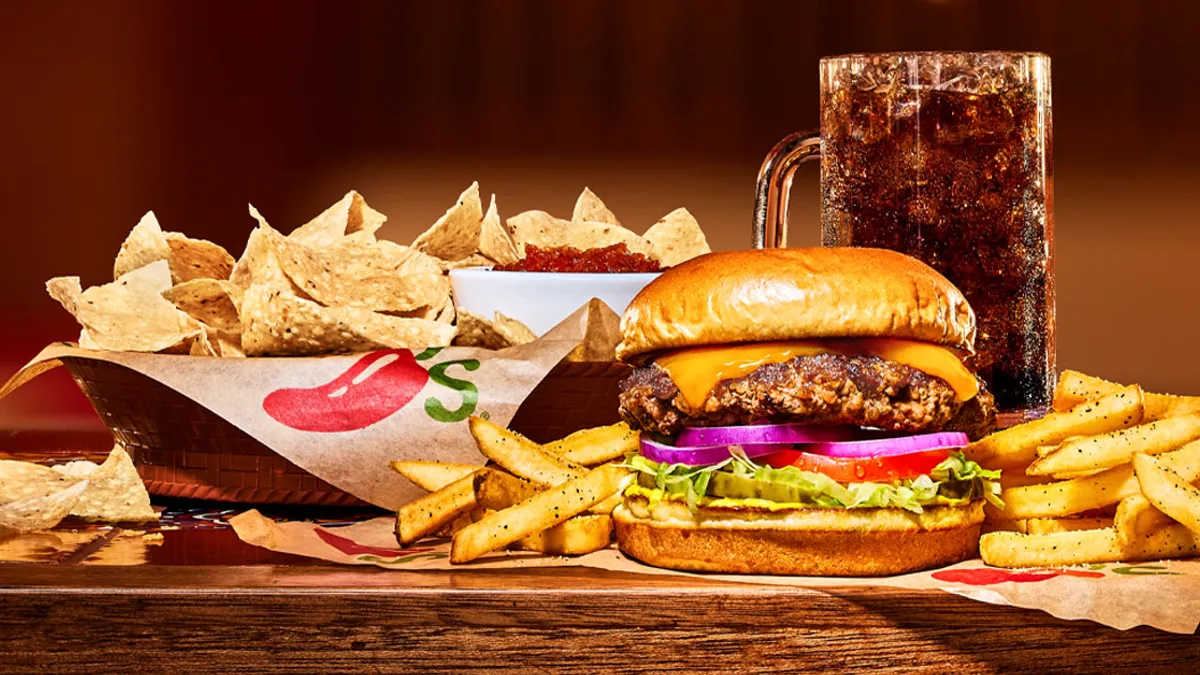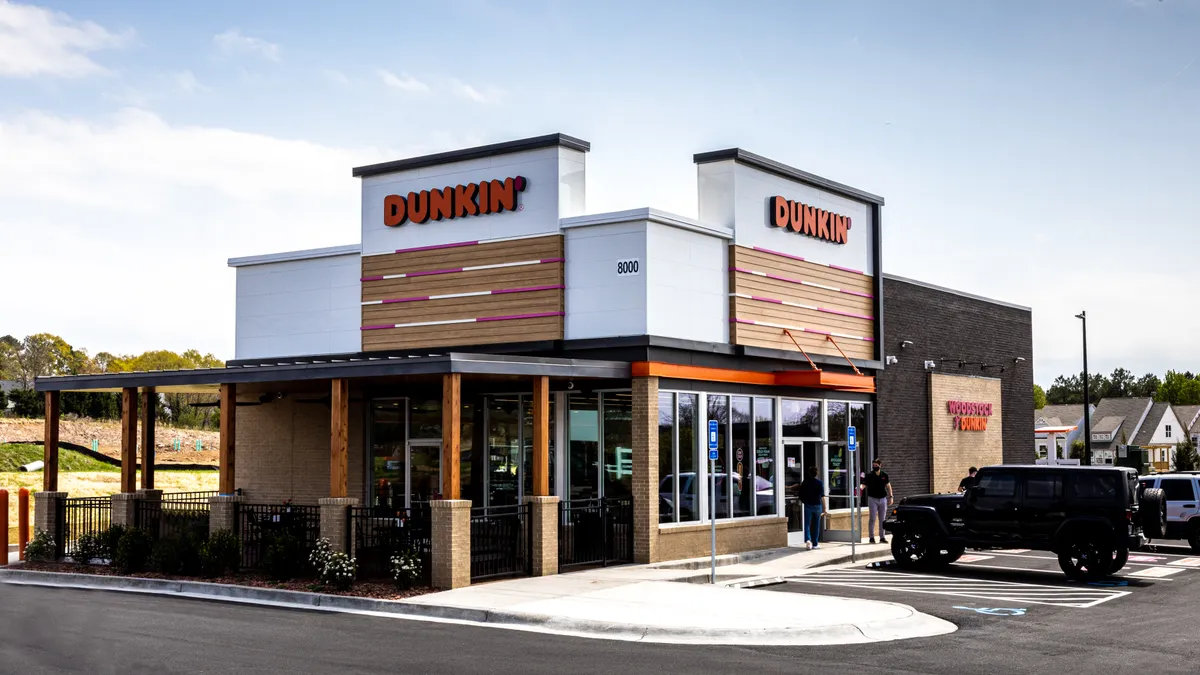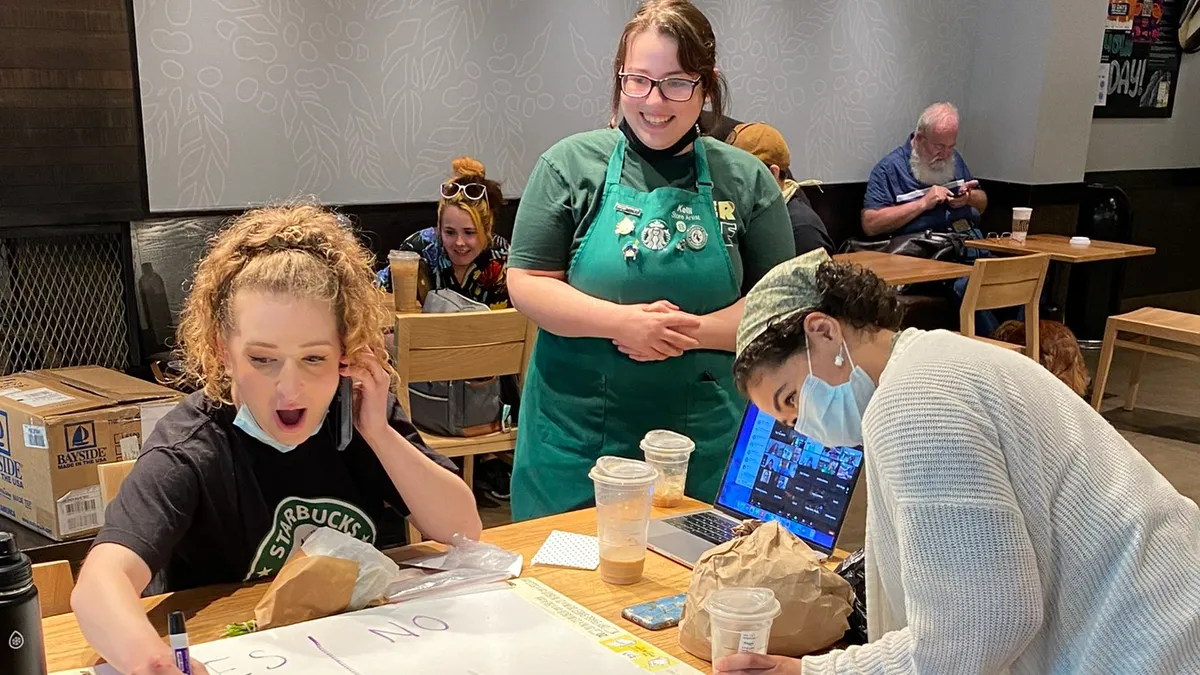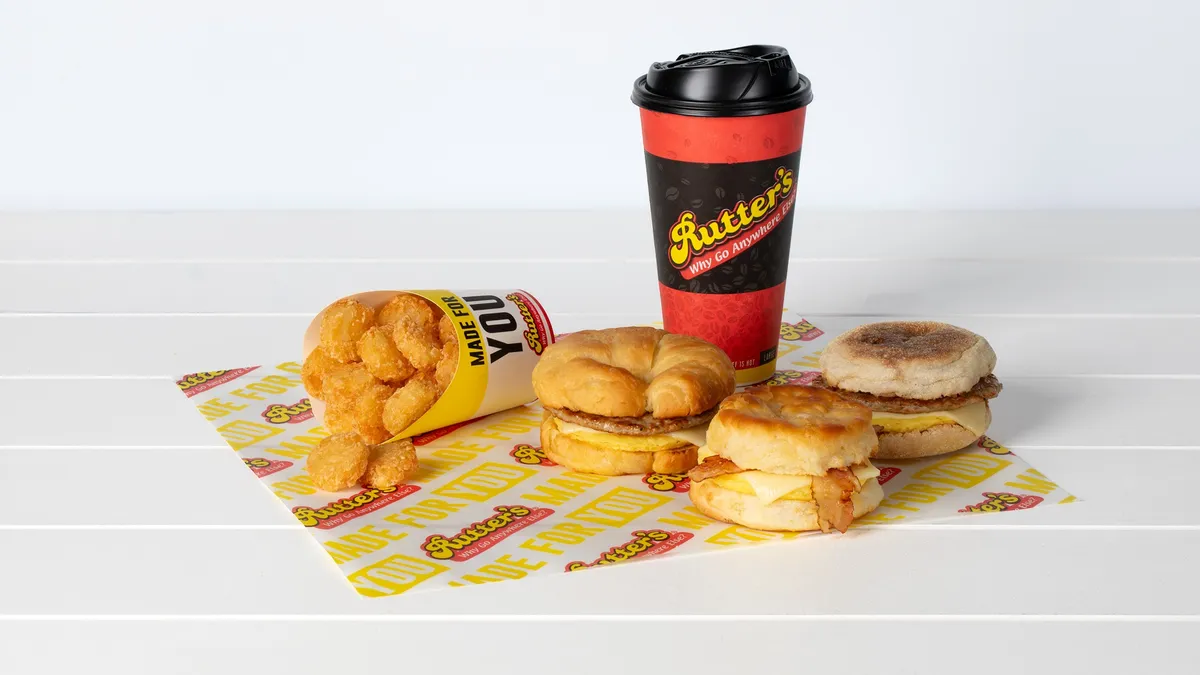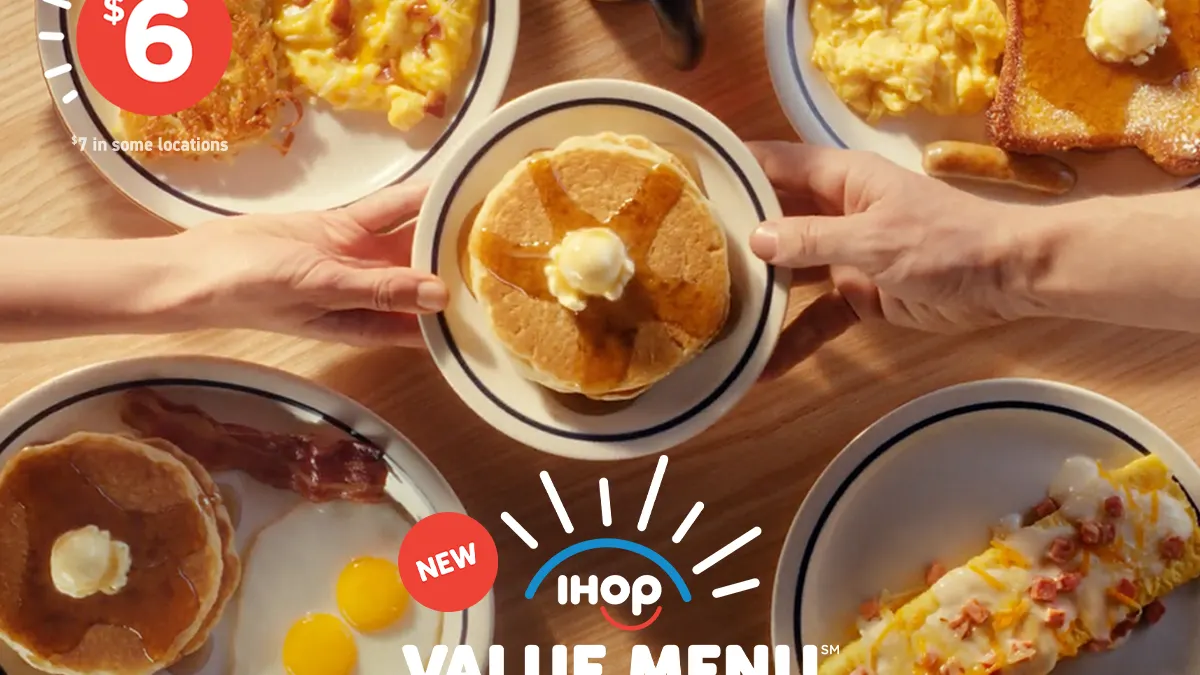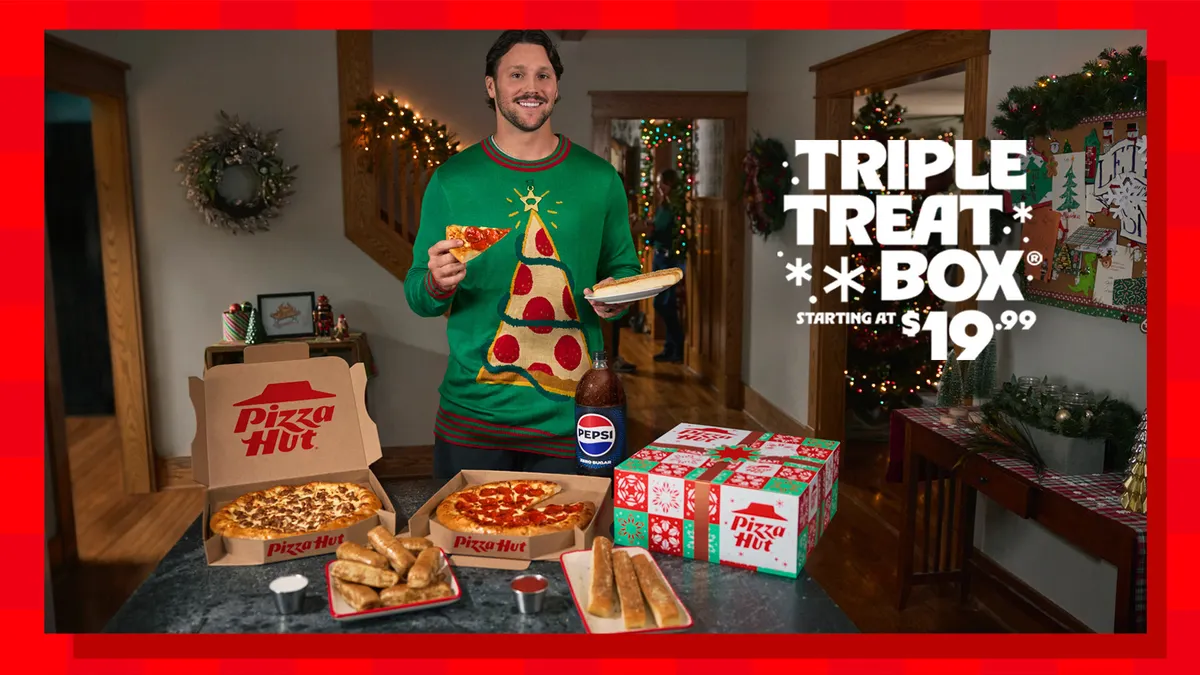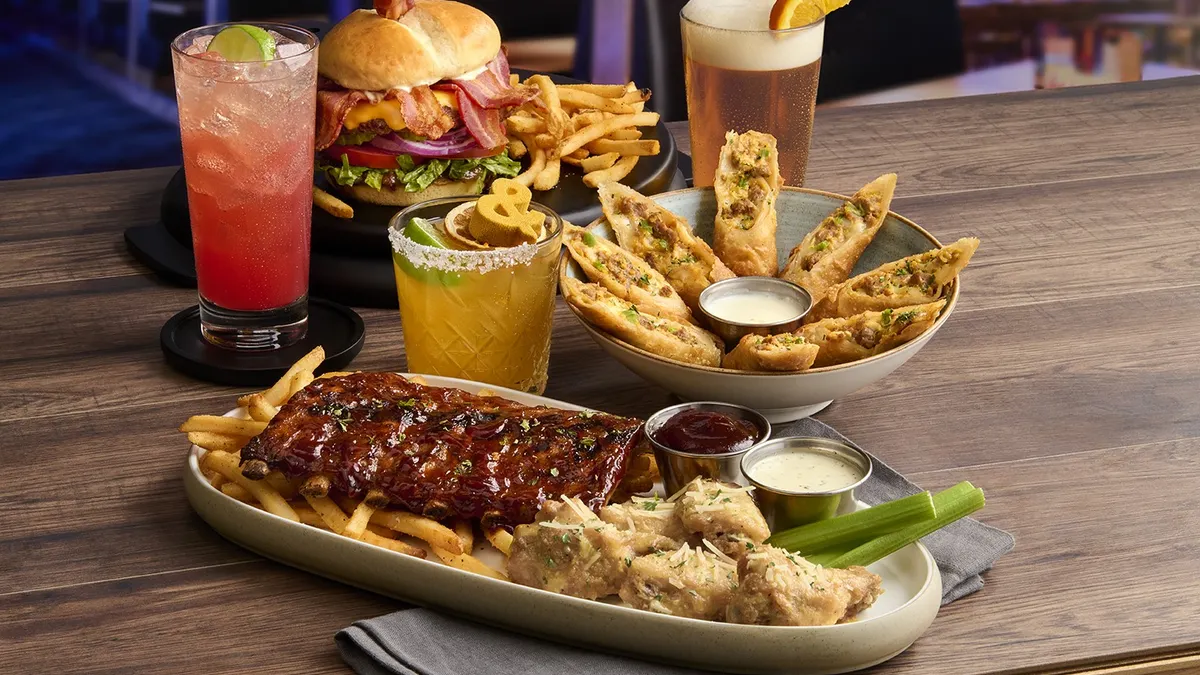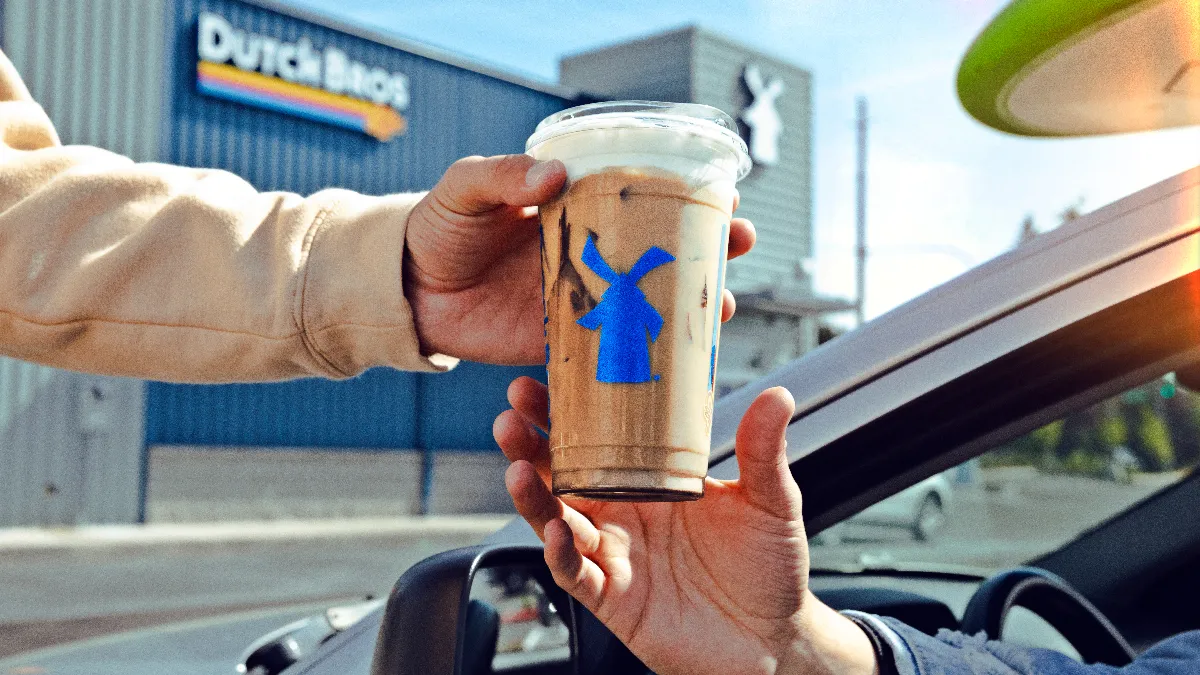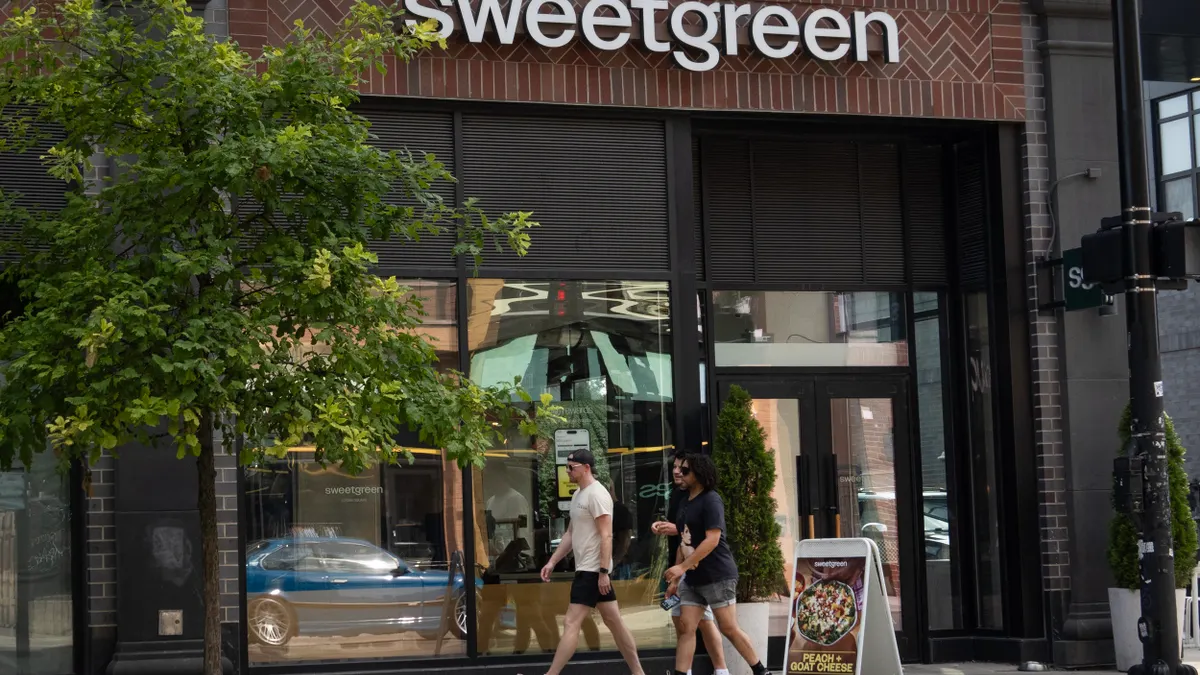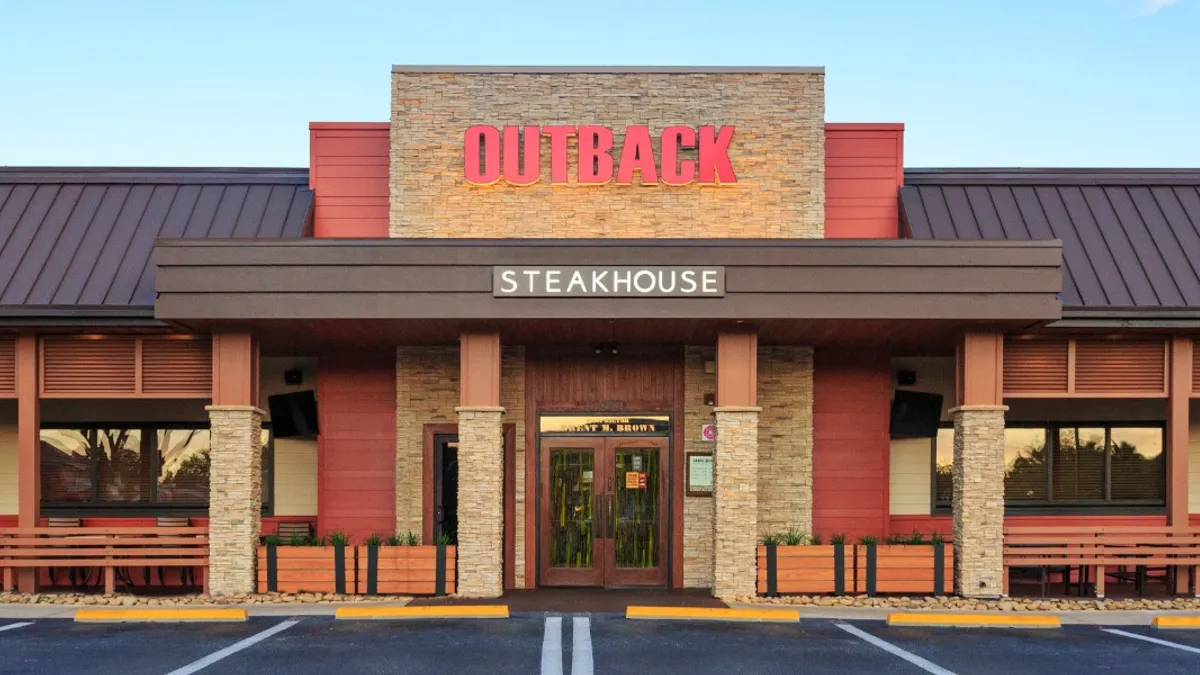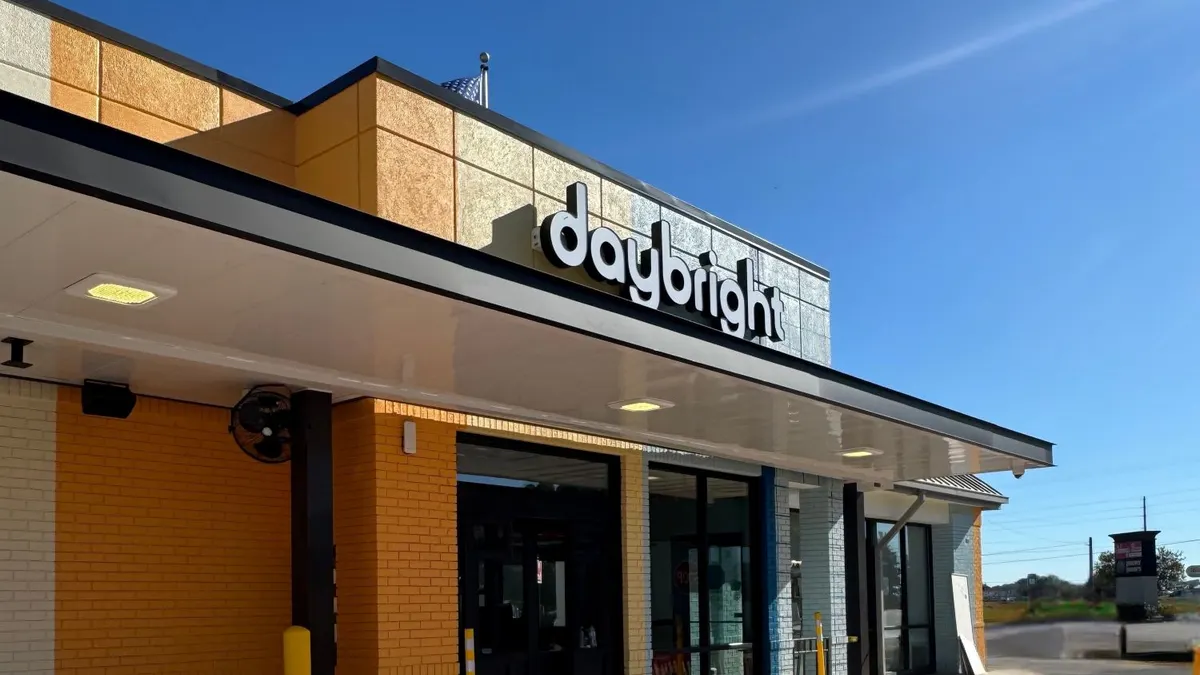Weather and a pullback in consumer spending made Q1 2025 one of the worst quarters for restaurant chains in recent years, with brands like Wendy’s, Burger King, Popeyes and Sweetgreen all posting negative same-store sales growth. Companies continued to focus on their value propositions with McDonald’s rolling out its much-anticipated McValue menu in January and Chili’s increasing advertising for its 3 for Me deal to better compete with QSRs.
Most of last quarter’s winners were not surprising; Chili’s, Cava and Taco Bell continued to outperform their peers. The quarter did reveal some surprises like a rare decline in sales and traffic at Chipotle and an uptick in sales at Noodles & Company following a menu overhaul.
Restaurant Dive identified winning and losing brands from publicly traded restaurant firms, based largely on same-store sales performance and the sense of momentum conveyed by earnings calls and analyst research notes.
Winners
Chili’s
Chili’s had another stellar quarter of over 30% same-store sales growth and 21% comparable traffic growth, making it a clear winner in the casual segment and the restaurant industry as a whole. The company attributed its traffic growth to operational improvements and to its advertising strategy, which has largely focused on its value proposition compared to QSR chains by emphasizing the $10.99 starting point of its 3 For Meal deal. One of its recent campaigns spoofed a payday lender to help guests cover the cost of a fast food combo meal.
Operational improvements, including a new kitchen display system, helped the chain improve ticket times even as traffic surged dramatically. The KDS allows chefs to easily reference recipes instead of using hundreds of pages of reference finders. It is also upgrading equipment, such as converting to a TurboChef double batch oven from a conveyor belt oven system.
Cava
Cava was the clear winner among fast casual chains and was one of the few restaurant brands to post double-digit growth during the quarter. Cava’s CFO Tricia Tolivar attributed the chain’s ongoing traffic and sales success to the appeal of Mediterranean cuisine and the chain’s long-term strategy of keeping prices below inflation. Additionally, the chain is seeing a boost in guest engagement after changing its loyalty program to a point-based system in October. Last quarter it added 50,000 members per week, and is now approaching 8 million total members.
Analyst TD Cowen believes Cava could outperform the industry this year and is on a path to reach 1,200 units by 2033, given its dominance in the underrepresented Mediterranean category.
Noodles & Company
With a comparable sales increase of 4.4%, Noodles & Company posted its strongest results since Q1 2023, when comps were up over 6%. CEO Drew Madsen credited the company’s menu refresh and an increase in marketing for the boost. The chain rolled out nine new and refreshed items in March several months after it added three dishes in October, as part of a turnaround strategy. A significant push in marketing, including redefining its brand strategy, emphasizing its expertise with noodles, and creating new activations across multiple media channels helped boost brand awareness, as well.
Taco Bell
The Mexican fast food chain continued to outperform its peers with a 9% increase in same-stores sales during the quarter, one percentage point higher than previous expectations. The chain, which had $2.2 million average unit volumes last year, is targeting an AUV of $3 million as part of the Relentlessly Innovative Next-Generation Growth plan it shared during the first quarter.
One way Taco Bell stayed ahead of its peers was through ongoing menu innovation and LTOs, including Crispy Chicken Nuggets, Milk Bar Churros, Cheesy Dipping Burritos and Steak and Queso Crunchwrap Sliders, all of which helped boost sales. The expansion of its Luxe Cravings Box, with the addition of $5 and $9 price points, helped bring in low-income consumers.
Dutch Bros
Dutch Bros posted strong system same-shop sales of 4.7% and transactions of 1.3% during the quarter, maintaining its momentum over its closest public company competitor Starbucks, which continues to suffer a sales and traffic slump. Dutch Bros’ company-owned same-store sales and transactions rose higher than the system average with an increase of 6.9% and 3.7%, respectively, according to an earnings release.
About 72% of its system transactions came through its loyalty program, a five-point improvement compared to the same period last year, Christine Barone, Dutch Bros CEO, said during the chain’s earnings call. Its mobile order ahead channel, which launched in 2024, represented 11% of transaction mix, a three-point improvement from the fourth quarter, she said. In many of its new markets, Order Ahead is seeing transaction penetration rates nearly two times higher than the system average.
The coffee chain is also in the midst of testing food to help boost incrementality during the morning and increase frequency. That test was expanded from eight to 32 units as the chain works toward a broader test and eventual rollout in 2026.
During the first quarter, the chain also surpassed 1,000 units, reaching 1,012 units compared to 876 in the year-ago quarter, according to an earnings release. It is now on a path to reach 2,029 units by 2029 and said its total addressable market is over 7,000 potential units compared to a previous estimate of 4,000 units.
Losers
McDonald’s
McDonald’s saw a pullback not just among low-income households, but also middle-income families during the quarter, contributing to a 3.6% decline in same-store sales in the U.S. This decrease also marked the chain’s steepest decline in same-store sales since Q2 2020, when it declined 8.7%. While traffic and sales were anemic last quarter, the chain could move into the winners column later this year as the impact of its value menu takes hold — it was only released in January — and as its sees traffic boosts from popular promotions, like its Minecraft Movie deal, and the May launch of McCrispy Chicken Strips.
Chipotle
The chain, which has been in the winner category for several quarters, posted a traffic and sales decline amid the consumer spending slowdown. Chipotle could bump back into the winner category later this year as management expects comparable sales growth in the low to mid-single digit range. If economic conditions don’t change, however, those projections might be optimistic — negative traffic trends continued into April. The chain has a few tricks up its sleeve that could help drive traffic, like its Chipotle Honey Chicken LTO that launched in March and had a strong start. It also plans to ramp up marketing spend for the summer to help drive guest engagement.
Pizza delivery chains
All three of the top publicly traded pizza chains posted negative comparable sales during the first quarter, with Domino’s breaking its 10-quarter streak of same-store sales growth. Domino’s has been growing its third-party delivery channel, adding DoorDash as a provider in April alongside its existing partnership with Uber Eats. The company expects third-party delivery to become a $1 billion business over time.
Pizza Hut posted the biggest decline of 5% amid a tough competitive environment. It will continue to lean into product innovation and group occasions after its Stuffed Crust and Wings promotion and Ultimate Hut bundle increased check and brought in new guests.
Papa Johns also had a weak quarter, with a 3% decline, despite CEO Todd Penegor’s refocus on the chain’s core pizza products. The company did sell 4% more pizzas in the quarter, alongside sequential improvement with multiple pizzas since Q1 2024, Penegor said during an earnings call. It also removed underperforming SKUs from its menu and continued to simplify its menu. Given the turnaround strategy has only been in effect since late last year, it could be a matter of time before Papa Johns ends up back in positive comparable traffic and sales.



